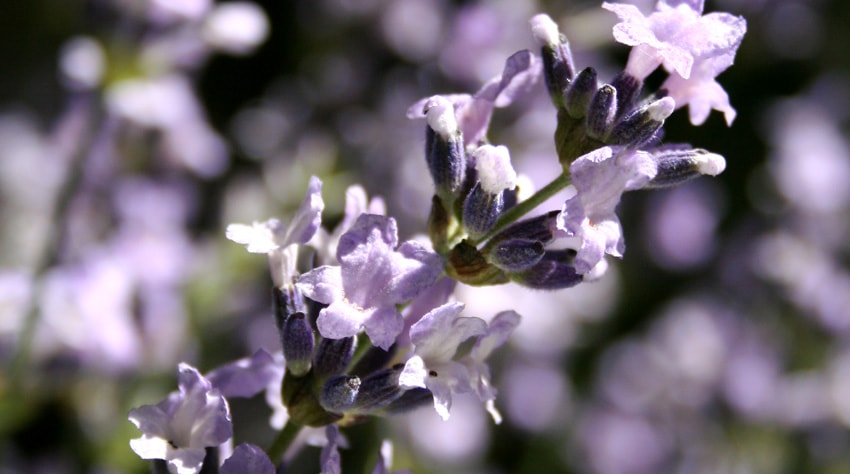Course Title: Medicinal Herbs BHT227
Medicinal Herbs BHT227

Build skills for identifying, understanding and administering medicinal herbs. Learn the basics of how to identify and correctly administer herbs for medicinal purposes. Many plants or plant combinations are poisonous. For this reason, it is essential that before using an herb, you are able to POSITIVELY identify it. This course provides an excellent foundation for developing a sound knowledge of medicinal herbs.
Course Structure for Medicinal Herbs BHT227
- Identification, Taxonomy, Resources
- Growing And Propagating Medicinal Herbs
- History Of Medicinal Herbs
- Main Medicinal Herbs
- Herbal Remedies
- Preparing Herbal Remedies. Infusions, decoctions, poultices, etc
- Poisonous Plants (including herbs)
- Special Assignment On One Major Medicinal Herb Group
What you will be doing during Medicinal Herbs BHT227
- Define the term “medicinal herb” according to both horticultural and naturopathic meanings
- Compile a resource file of different sources of information regarding medicinal herbs
- Distinguish between different plant families which common medicinal herbs belong to
- Prepare a plant collection of different medicinal herb varieties
- List different medicinal herbs which were often used more than one hundred years ago, but are no longer commonly used
- Identify modern trends in the use of herbs in medicines in your country
- Discuss the role of home remedies in modern society
- Discuss the role of the naturopath in modern society
- Summarise the history of medicinal herbs since early civilisation, to modern times
- Explain the characteristics of different types of chemicals found in medicinal herbs
- Write brief definitions to explain the mode of action of different herbal medicines
- Write an essay describing the chemical actions which different herbs have upon the human body
- Explain various factors which can influence the effectiveness of active constituents of a herb
- List herbal remedies derived from different commonly grown herbs
- Identify the morphological parts of different herbs which are used medicinally
- Explain thoroughly how to prepare different types of simple medicines, including a:
- Poultice
- Infusion
- Decoction
- Tincture.
- Develop a list of safety procedures to follow when preparing a given herbal medicine
- Explain methods to administer six different herbal medicines which are safe and appropriate for an unskilled person to make and use at home. (ie. medicines which do not have any dangerous risks if prepared or administered incorrectly)
- Describe, in summaries, twelve commonly occurring plants which contain poisonous substances, including:
- Names (botanical and common)
- Dangerous parts of the plant
- Poisonous substances
- Mode of action of poison
- Remedy (if any)
- List herbs that should never be taken internally
- List herbs which should never be used by pregnant women
- List herbs which should never be used by children
- Describe specific examples, precautions when dealing with unknown herb materials
- Develop guidelines for the culture of a specified variety of medicinal herb
- Explain natural pest and disease control methods for five medicinal herb varieties
- Prepare a sample of soil suitable for growing a specified herb variety in the open ground
- Demonstrate propagation techniques for different medicinal herbs
- Produce container plants of different medicinal herbs, propagating and growing on the plants to a marketable stage and condition
- Record the development of medicinal herbs in a log including a summary of the condition of the plant, growth, and cultural practices carried out
- Develop a list of criteria for selecting the most commercially viable variety of a nominated medicinal herb species available
- List thirty different varieties of a medicinal herb species which are readily available for purchase as “reliable” seed or tubestock
- Compare different varieties of nominated medicinal herb species to determine a commercially viable variety to grow in your locality
- List tasks to be undertaken in the production of a selected medicinal herb variety, including:
- Soil preparation
- Planting
- Growing practices
- Harvest and post harvest
- Write a production schedule for a medicinal herb variety which designates tasks to be undertaken systematically at each stage of crop development
- Explain the facilities which would be required to produce a specified commercial medicinal herb crop, including:
- Equipment
- Materials
- Land
- Estimate the cost of producing a specified medicinal herb crop, itemising the cost components into categories
This eight lesson course is not designed to train naturopaths, but will teach you the basics of how to identify and correctly administer herbs for medicinal purposes.
Price: £340
Qualification: Certificate
Estimated Course Duration: 100 hours
Available Learning Methods: Online, USB (+£5) and Correspondence (+£35)
Enrolment Dates: Our courses are self-paced and you can start at anytime
Enrol today and develop your expertise in this area of specialisation
This link will open adlonlinecourses.com in a new tab.
Related Posts
As soon as payment has been confirmed you will be able to access your course materials online within 24 hours. Any further correspondence will arrive at your address between 3-4 days.
For any Questions or to Enrol please call 01227 789 649
Tags: course, herbs, horticulture, medicinal





